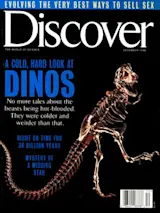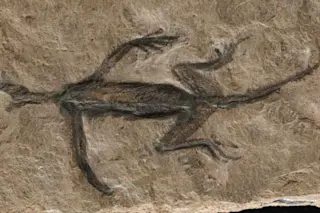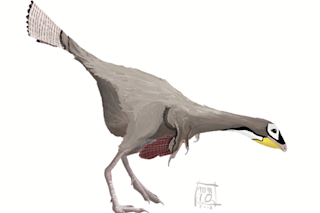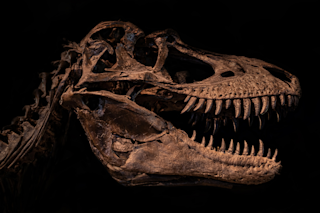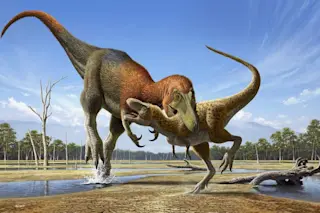Golden eye, a two-foot-long savanna monitor lizard, is about to make a contribution to science. His keeper, Tomasz Owerkowicz, sets him down on a treadmill enclosed by a large plastic box, then flips the power switch. Golden Eye’s pink, forked tongue flicks out, testing the surface of the treadmill. When Owerkowicz nudges him with his gloved hand, Golden Eye starts to trot at a steady pace. He’s my best runner, says Owerkowicz proudly. Occasionally he offers the lizard encouragement--sometimes another nudge, sometimes a cheer (Come on, sweetie pie). Soon Golden Eye is trotting faster and his throat is moving up and down. I used to think that was connected with the tongue-flicking, but it’s not, Owerkowicz says. They do it when they get tired; it’s a way to increase their oxygen intake, I think.
Owerkowicz, a graduate student in biology at Harvard, is happy to see Golden Eye getting a ...


